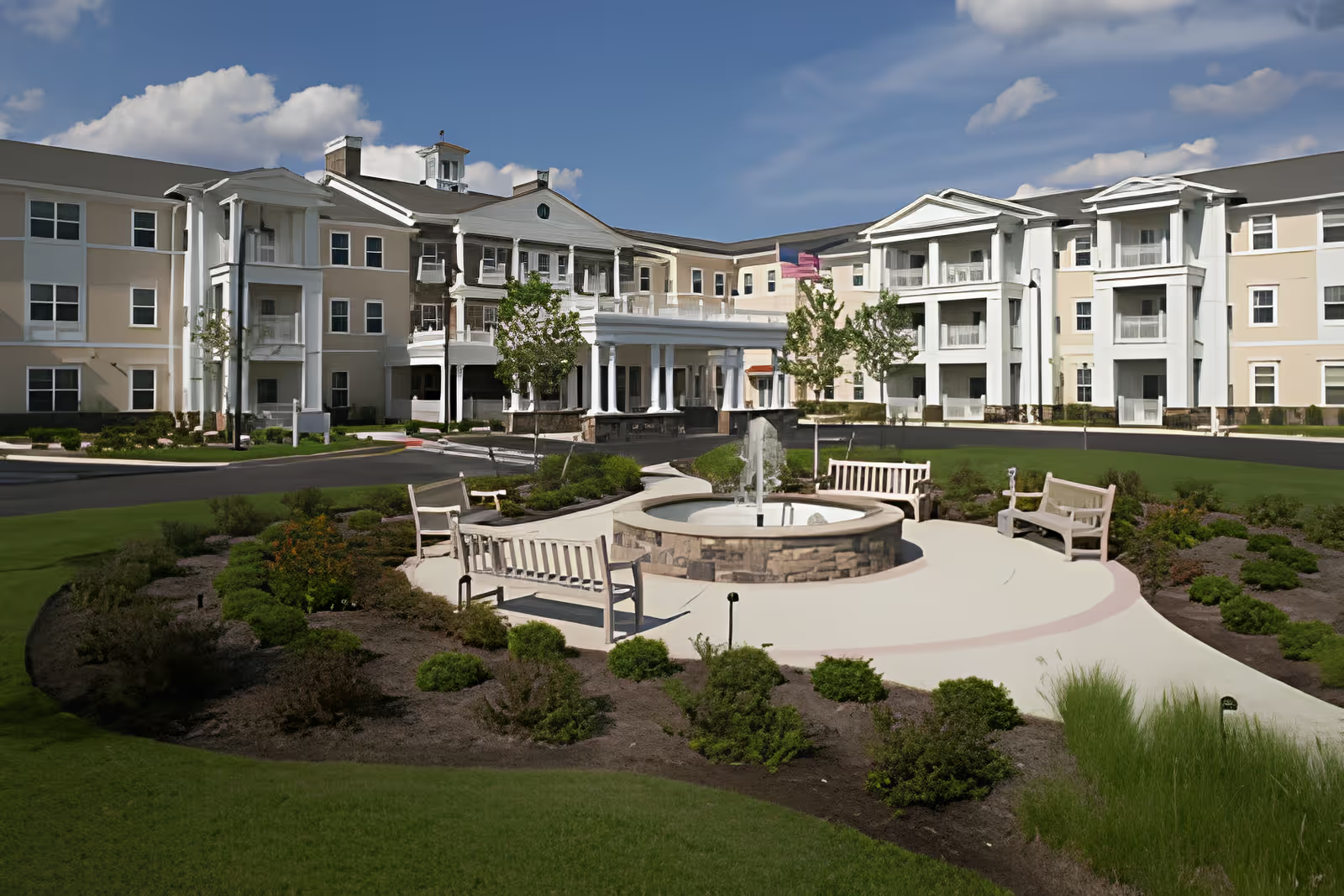Overall sentiment is mixed but centers on two clear patterns: the facility and many of its staff provide an outstanding, resort-like environment with strong social and activity programming, while there are recurring operational and care-quality concerns that have caused serious problems for some families.
Care quality and resident safety: Multiple reviews praise the compassion and responsiveness of caregivers, citing quick-response nurses, caring aides, and instances where staff went the extra mile to stabilize or improve a resident's condition. Many families report smooth transitions into assisted living and memory care, and describe loved ones as happy, engaged, and better nourished after moving in. However, a number of very serious negative reports appear repeatedly: understaffed shifts (notably nights), slow call-button responses, medication mishandling, and even allegations of neglect. Specific harms cited include residents being left on the floor for extended periods, injuries (broken glasses, broken nose), extreme weight loss, and hygiene lapses. These are not isolated mentions and represent a significant concern about consistency of clinical care and safety practices.
Staff, culture, and variability: Reviews consistently highlight many dedicated, friendly, and professional staff — from front desk personnel to dining staff and nurses — and several individuals (interim general managers, head nurse Ashley, dining staff like Katie and Heather, and others) are called out as stars who improve the experience. At the same time, there is notable variability: some families report compassionate, family-centered service while others report neglect, theft, or rude leadership behavior. This suggests uneven staff performance, possible turnover, and differences by unit or shift. Positive reports emphasize staff that help residents acclimate, run robust programming, and maintain a family-like atmosphere. Negative reports describe leadership denial, unprofessional or rude managers, and alleged shady administrative practices.
Facilities, amenities, and cleanliness: The physical plant receives overwhelmingly positive comments. The building is described as gorgeous, new, bright, airy, and resort-like, with well-appointed private rooms and bathrooms, patios, a beauty salon, gym, spa, and nicely kept common areas. Many reviewers emphasize immaculate hallways and public spaces and appreciate cleaning services and weekly apartment upkeep. Conversely, some reviewers report localized cleanliness and hygiene failures — filthy commode seats, feces on shoes, and shared bathroom cleanliness problems — which appear related to staffing or supervision lapses rather than the building itself.
Dining and nutrition: Dining is a commonly praised strength: reviewers describe restaurant-quality food, a talented chef, flexible menus, a bistro, and accommodating dining teams that create enjoyable meal experiences and holiday events. Several families credit the dining program with improved resident appetite and weight gain. Yet there are conflicting reports: some cite low-quality processed meals, cold food, and dietary restrictions not being honored. This mixed feedback indicates that dining quality may depend on staffing, scheduling, or unit-level management.
Activities and social life: The Landing is frequently commended for abundant activities — live music, happy hour, bingo, outings, holiday celebrations, and specialized dementia-friendly programming — and many residents are described as active, social, and well engaged. Activity offerings are a notable selling point and a clear contributor to resident satisfaction. A few reviewers noted a limited activity schedule or a new activities director, implying that enthusiasm and variety can fluctuate.
Administration, contracts, and financial concerns: Several reviews raise red flags about administrative practices. Reported issues include extra charges for 24-hour monitoring in memory care, unexplained price increases, paperwork and consent problems (families signing forms without proper involvement), and statements characterizing the administration as shady. Management experiences vary: some families praise interim managers or recent positive management changes, while others identify particular leaders (named in reviews) as sources of conflict or poor communication. These governance and billing concerns are important to investigate for prospective residents and families.
Patterns and takeaway guidance: The dominant pattern is high variability. Many families describe The Landing of North Haven as an excellent choice — a clean, beautiful facility with warm staff, rich activities, strong dining, and an engaged community. Simultaneously, a substantial minority report serious lapses in care, safety incidents, administrative opacity, and inconsistent staffing that led to neglectful experiences. These differences often appear tied to specific shifts, units, or management periods. Prospective residents and families should weigh the facility's clear strengths (amenities, activity programming, dining, and many committed staff) against the documented operational risks. Recommended due diligence includes asking about current staffing ratios (nights and memory care), turnover rates, incident reporting and follow-up procedures, specific policies for medication administration and emergency response times, contract terms for memory-care extra services, and speaking with current resident families about recent experiences and managerial stability.
In summary, The Landing of North Haven offers many of the elements families want in a high-quality assisted-living or memory-care community: excellent facilities, robust social programming, strong dining, and many compassionate staff members. However, recurring reports of understaffing, inconsistent care, medication and safety incidents, administrative and billing concerns, and occasional unprofessional behavior mean experiences can vary widely. Prospective families should conduct targeted questions and on-site observations focused on staffing, safety protocols, and management responsiveness to ensure the current operational reality matches the many positive accounts.







